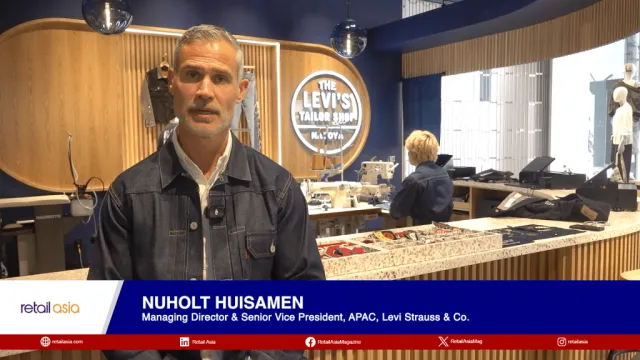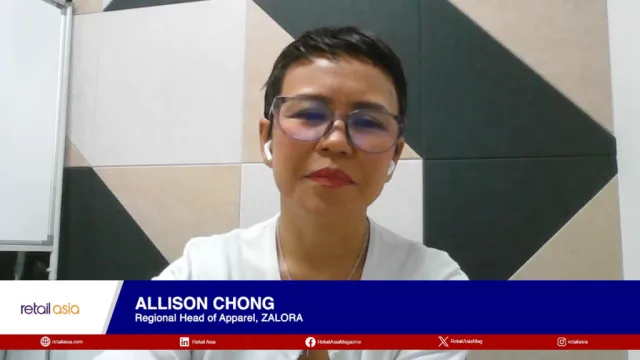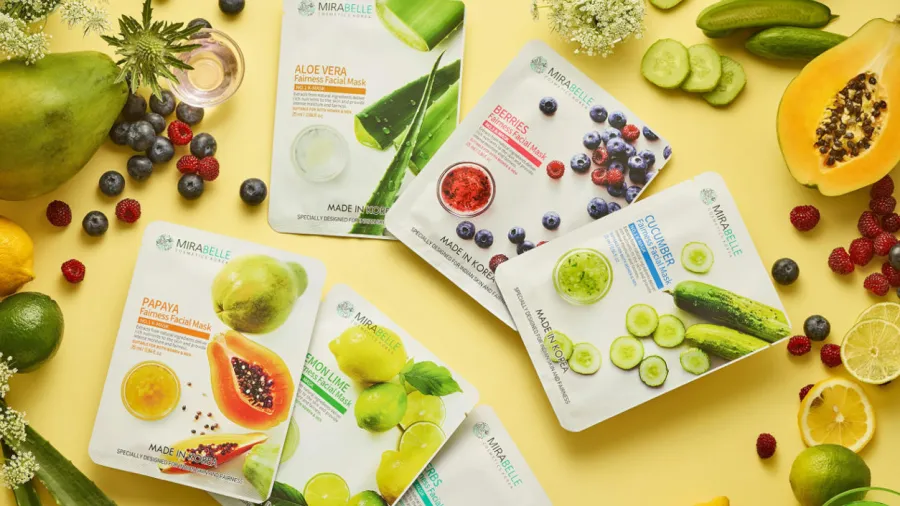
‘K-beauty’ takes over skincare world
Products with natural Korean ingredients are in high demand in China and the US.
South Korean beauty retailers are taking charge of the global skincare market by using traditional ingredients such as ginseng and green tea to help consumers achieve that highly desired “glass skin.”
“The ingredient-focused beauty trend, emphasising the functionality and efficacy of raw materials, is gaining traction globally particularly in China and the US,” Lisa Hong, consultant and market specialist for beauty and fashion at Euromonitor, told Retail Asia.
K-beauty brands have capitalised on the trend by showcasing the scientific efficacy of traditional Korean ingredients such as mushrooms, mung beans, and lotus flowers, she said.
“These ingredients have become a key driver of K-beauty's popularity, coinciding with a rise in consumer awareness in the US where shoppers are becoming increasingly discerning about ingredients,” she added.
Korean cosmetics exports rose 21% to $10.2b in 2024 from a year earlier, with basic skincare products accounting for 75% of the total at $7.67b, according to its Ministry of Food and Drug Safety.
This makes South Korea the third-largest cosmetics exporter in the world. By country, China was the top destination at $2.5b, followed by the US at $1.9b and Japan at $1b.
Korean beauty trends are trendsetters in the beauty and personal care industry, particularly for Asian consumers, market intelligence firm Mintel Group Ltd. said in a September 2024 report.
“They are known for creating looks tailored to Asian faces and are appreciated for their affordability, which is crucial during times of global inflation,” it added.
Skincare brands that have recently become more popular overseas than in Korea include Beauty of Joseon’s Clear Rice Sunscreen, Anua Mugwort 77% Soothing Toner, and Skin1004 Madagascar Centella Light Cleansing Oil, Hong said.
Hwajun Lee, associate director for beauty and personal care for Asia and the Pacific at Mintel, said the beauty trend encourages consumers to try products with unique ingredients.
“For example, products using fermented ingredients such as houttuynia cordata (chameleon plant) and snail mucus, which are not readily available in other countries, are excellent for moisturising and repairing the skin,” he said.
Known in Southeast Asia for its medicinal properties, the plant recently became a sought-after ingredient in Japanese and Korean skincare formulations, according to Health Facts Time.
Lee said Amorepacific Corp.’s LipCure Beam technology shows how South Korean beauty brands are integrating diagnostic, treatment, and makeup capabilities into single, innovative products.
Amorepacific sales rose 5.9% to $2.9b (₩4.26t) in 2024 from a year earlier, spurred by the robust performance in global markets, particularly in Western regions, according to its website.
“Whilst K-beauty used to be centred around low prices through road shop brands, it is now shoulder to shoulder with high-end derma brands, even going as far as having dupe products,” Hong said.
She added that the K-beauty market should keep its identity and emphasis on ingredients so it doesn’t end up becoming a flash fad that quickly fades away.
“In the US, there are trendy products that come and go, such as sun care products containing glitter,” she said. “K-beauty will last long if it does not lose its identity that emphasises its ingredients without being swept up in trends.”
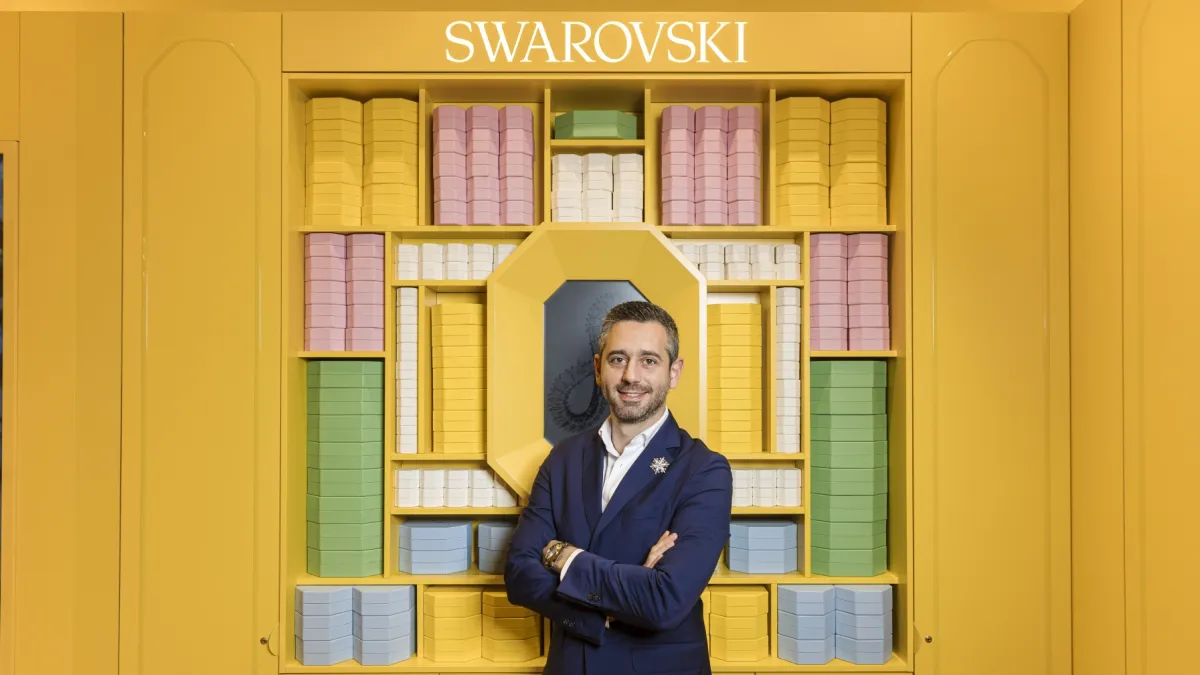
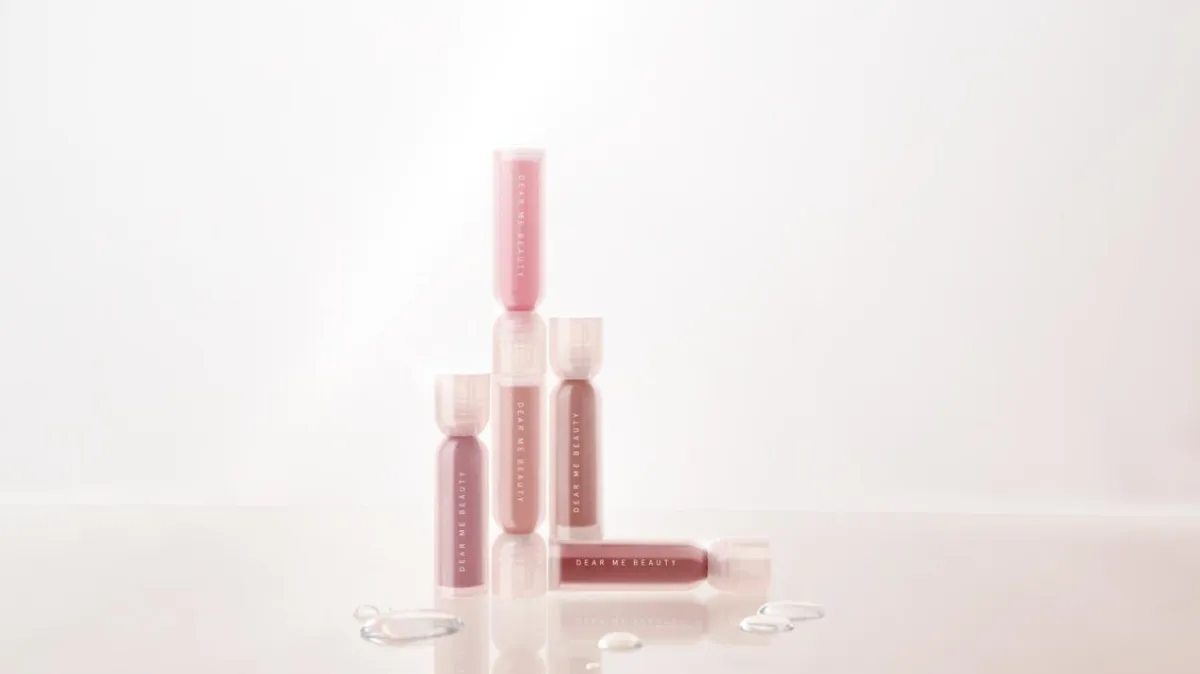
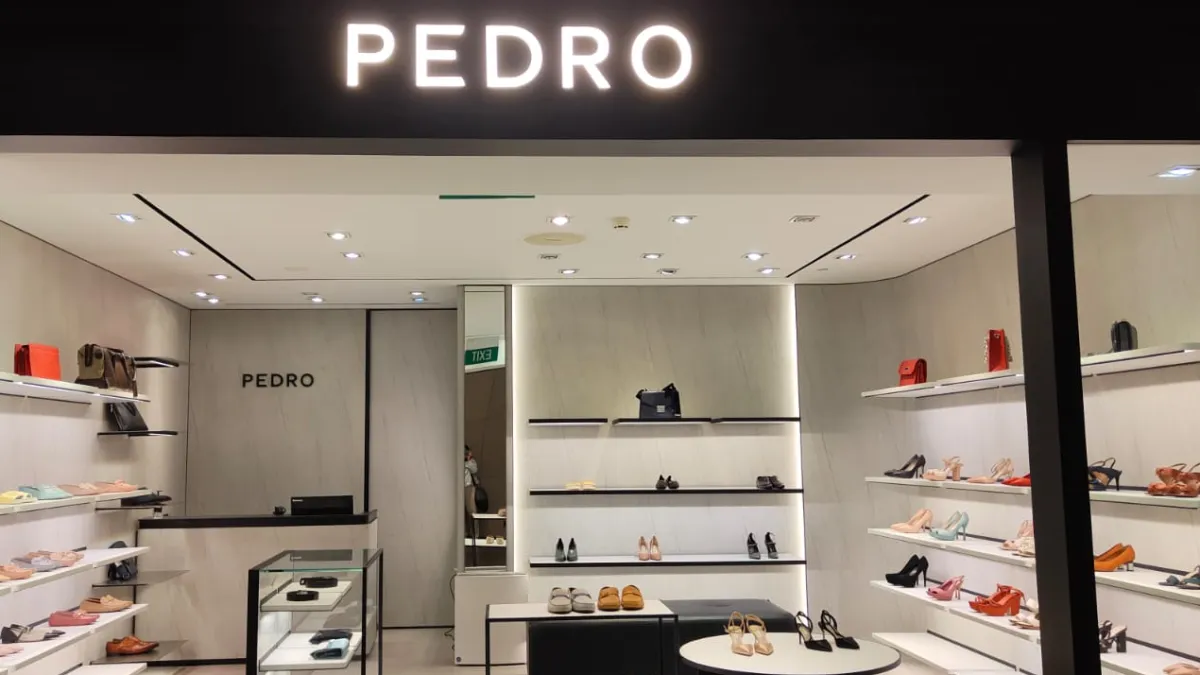
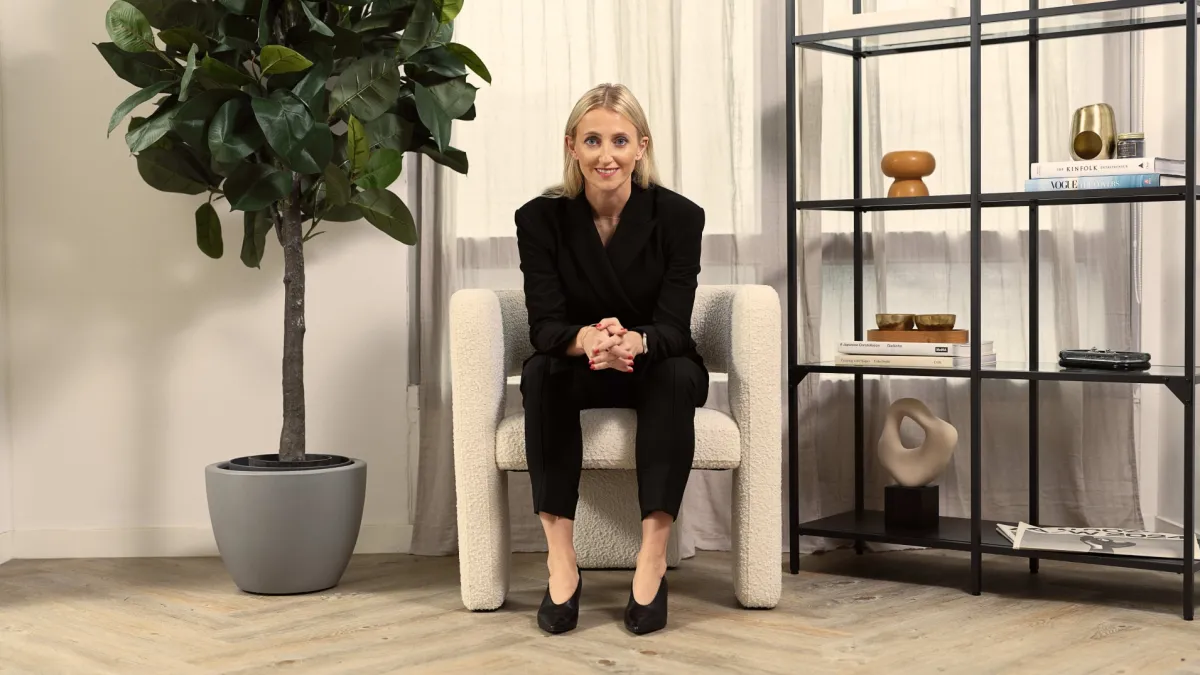
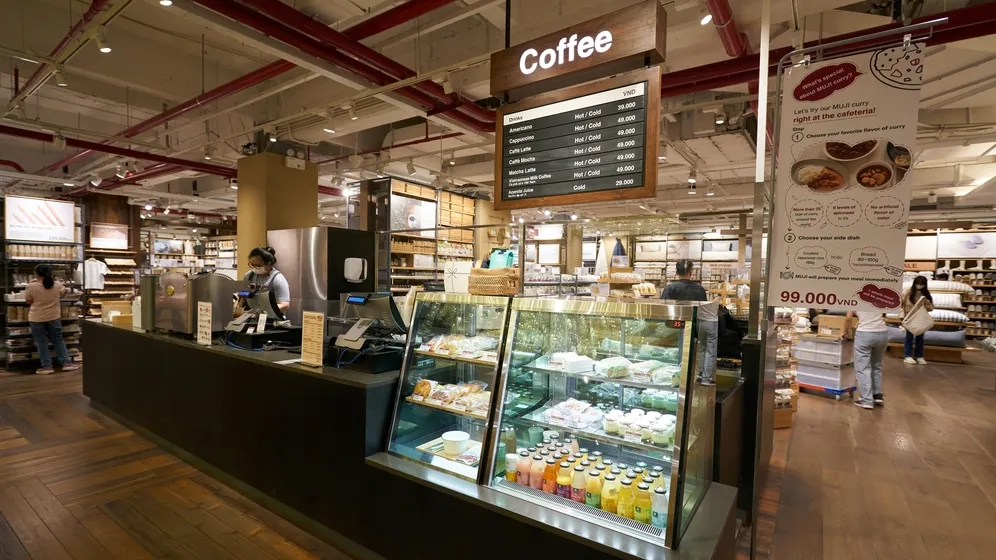
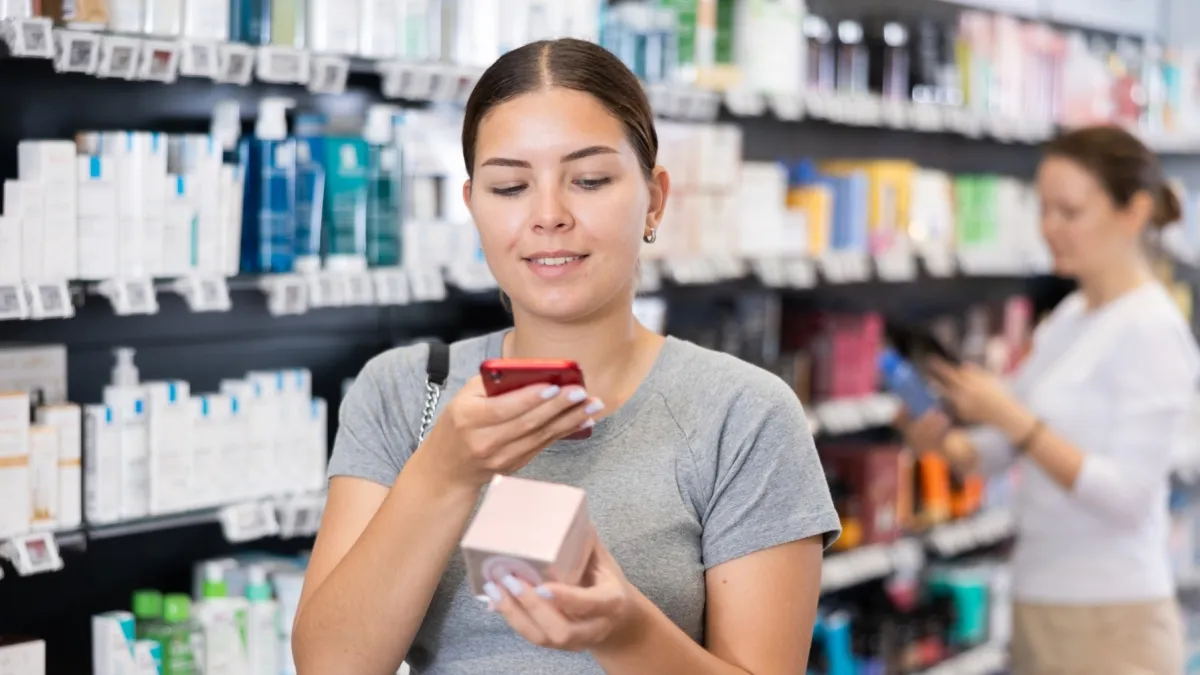

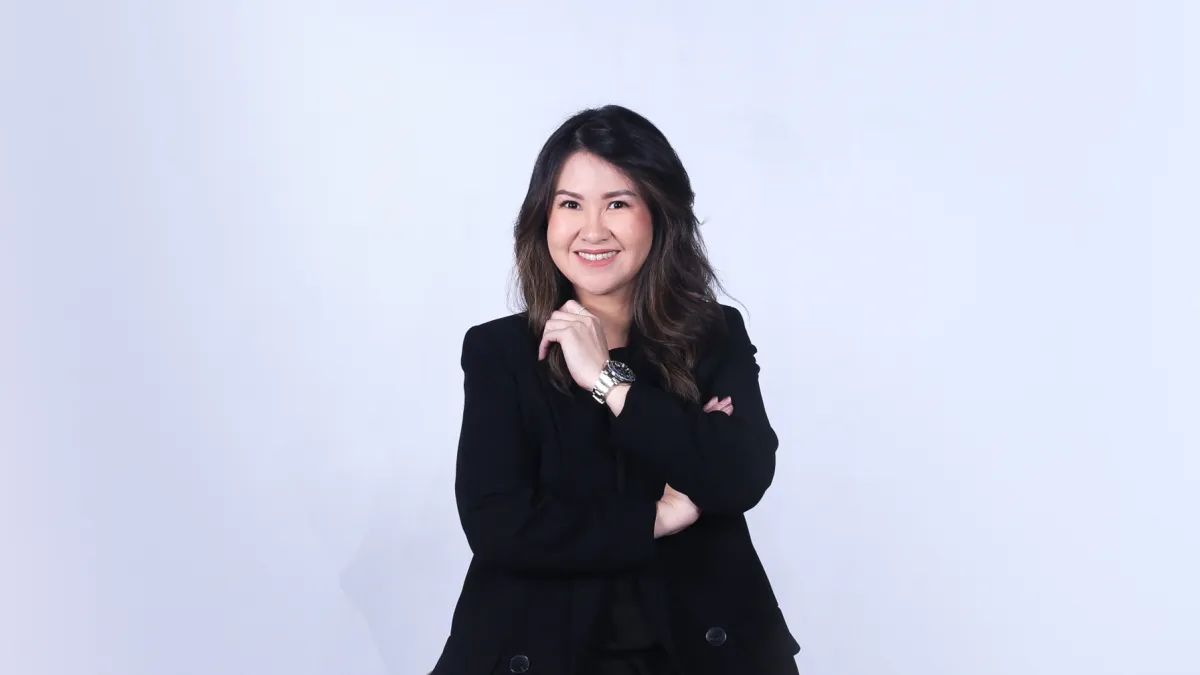
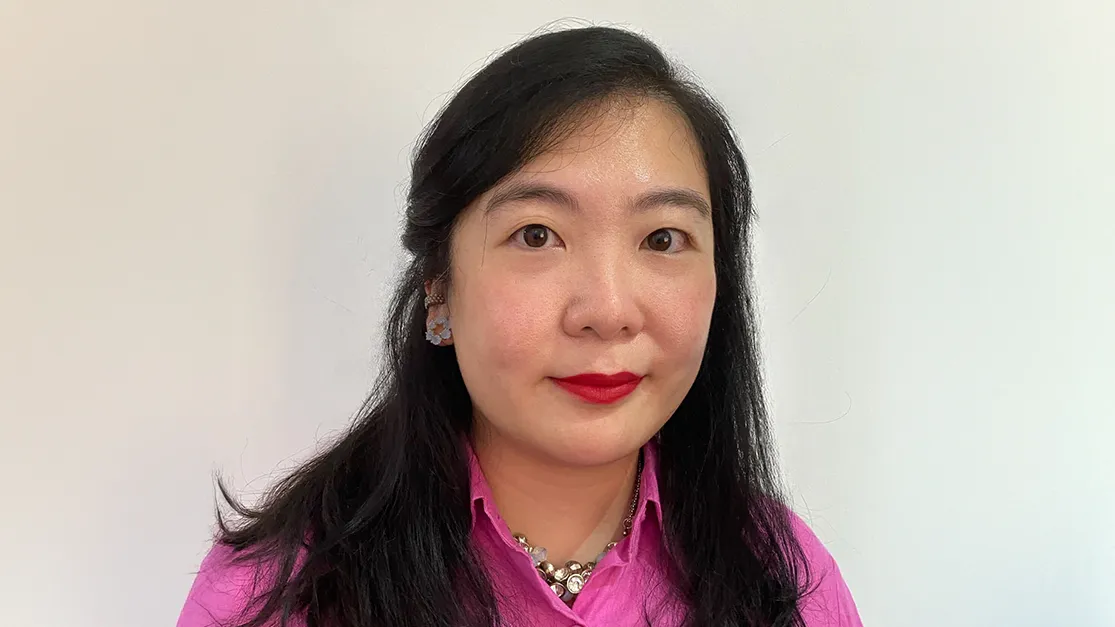
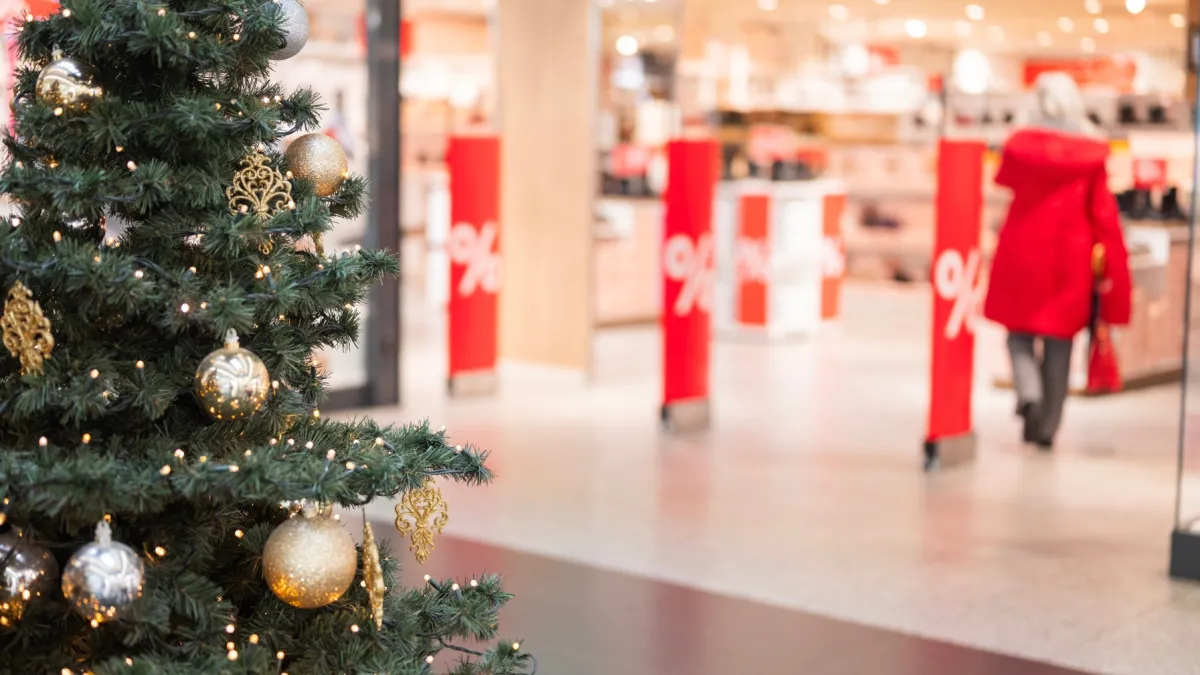

 Advertise
Advertise





